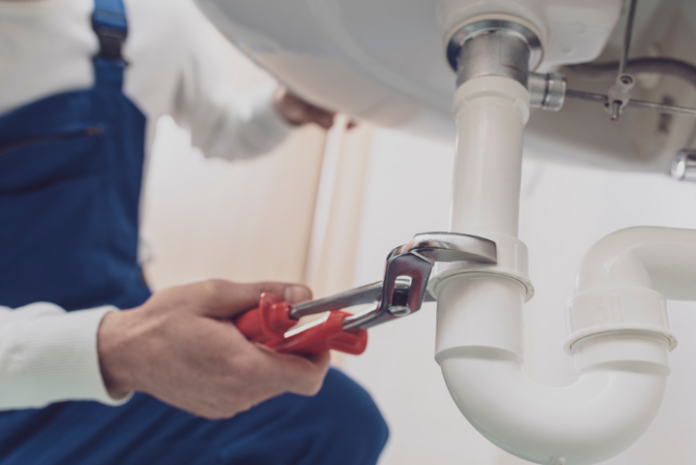When someone mentions plumbing, what is the first thing you think of? It’s probably safe to say that homeowners typically think of sinks in toilets. They are familiar with the concept of water, debris, and waste flowing down the drain and off into the sewer or septic system.
In all your thoughts on plumbing over the years, have you ever considered venting? Not ‘venting’ in the sense of working out your frustration by screaming at somebody, but in the sense of letting air escape the space. Residential plumbing systems have vent stacks for that very reason. In all likelihood, you can locate the stack in your home just by looking for a small pipe sticking out of the roof.
Venting is a crucial component in plumbing. It guarantees that the system maintains proper air pressure. Inhibit venting and you are going to have a problem. That’s why plumbers tend to check venting when they conduct service calls.
4 Things Venting Accomplishes
You might be satisfied just to know that venting allows air to escape and maintains proper air pressure. But there is more to it if you are interested. Here are four things venting accomplishes in a residential plumbing system:
1. Protects Traps and Seals
Residential plumbing systems rely on traps to hold back water and sewer gases. The traps and seals could be damaged by improper air pressure. Note that pressure changes as water enters and leaves the system. Venting ensures proper air and water flow so that pressure changes are minimal. This protects both the traps and their seals.
2. Lets Sewer Gases Escape
Traps prevent sewer gases from seeping back into the home. But those gases still need to go somewhere. Venting allows them to escape from the home through the pipe sticking through the roof.
3. Ensures Smooth Water Flow
Air trapped in drain pipes prevents the free flow of water and debris. A venting system gives trapped air a place to go. This ensures that the water continues flowing day-in and day-out.
4. Improves Drainage
Venting improves drainage flow by preventing pockets of air from getting in the way. Drains flow more efficiently and they also don’t make as much noise. Homeowners appreciate that.
How Venting Is Implemented
Now that you know what venting accomplishes, you might be curious about how plumbers implement it. For that we turn to Superior Water & Air, an HVAC and plumbing contractor serving most of Utah. They say plumbers rely on several strategies to guarantee proper venting:
- Vent Pipes – Each drain in a plumbing system has a dedicated vent pipe. The pipe allows air and gases to escape.
- Vent Stacks – In modern homes, individual vent pipes (also known as branches) tie into a main pipe known as the vent stack. The vent stack allows air and gases to escape.
- Auxiliary Vents – Some residential systems also have auxiliary events, sometimes referred to as re-vents. These are additional vent pipes that connect distant drains to vent stacks across long distances.
Regardless of the particular strategies a plumber uses to vent residential plumbing, all work – including fixtures and fittings – must adhere to local plumbing codes. In addition, everything must be tested to ensure that the system is functioning properly and safely.
Without venting, your plumbing system would not work very efficiently. Water would drain slowly, clogs would be a frequent problem, and you would smell all sorts of sewer gases in the air. Thank goodness venting exists. It is one of those hidden components that homeowners don’t know much about despite its importance to the whole plumbing concept.

